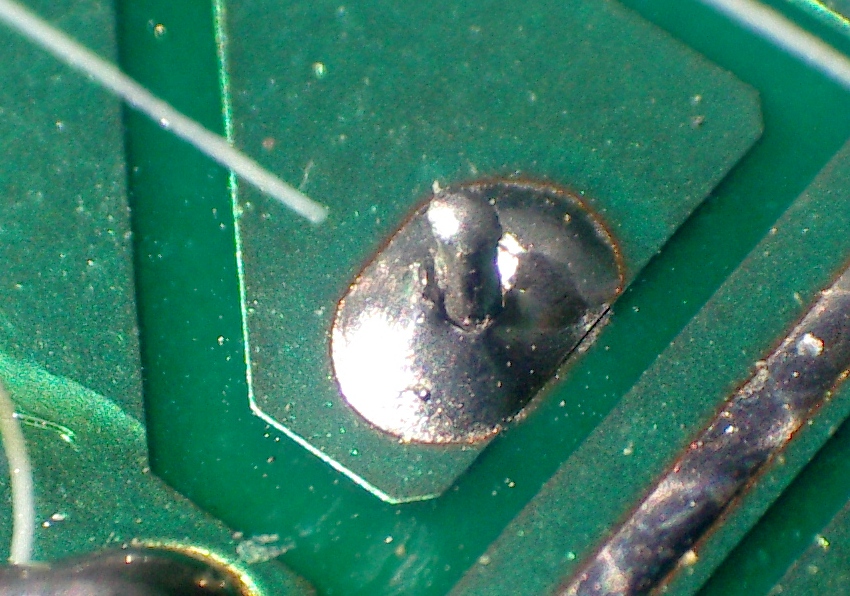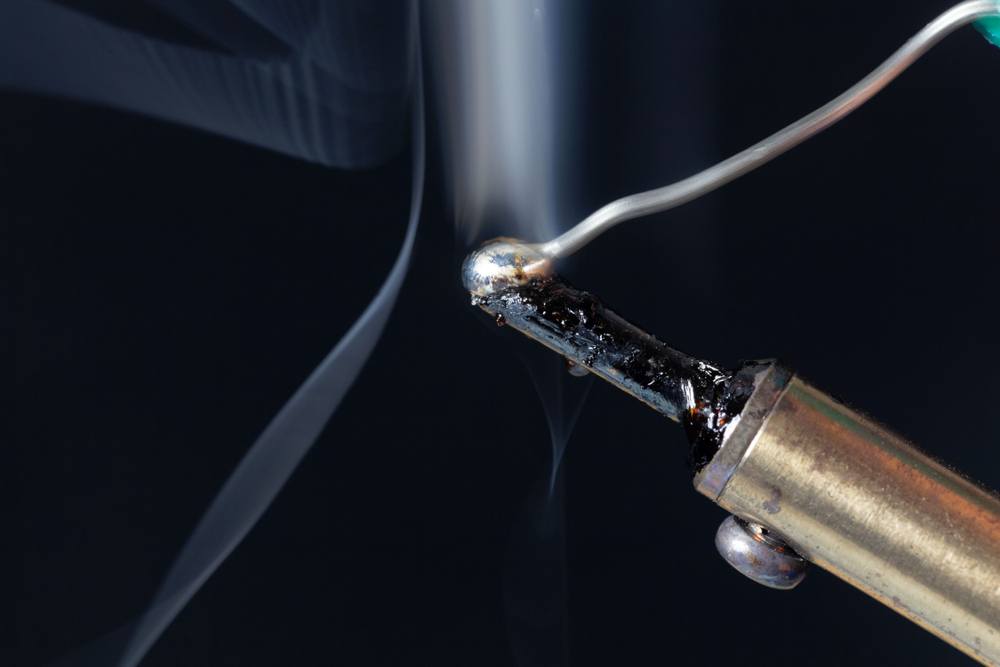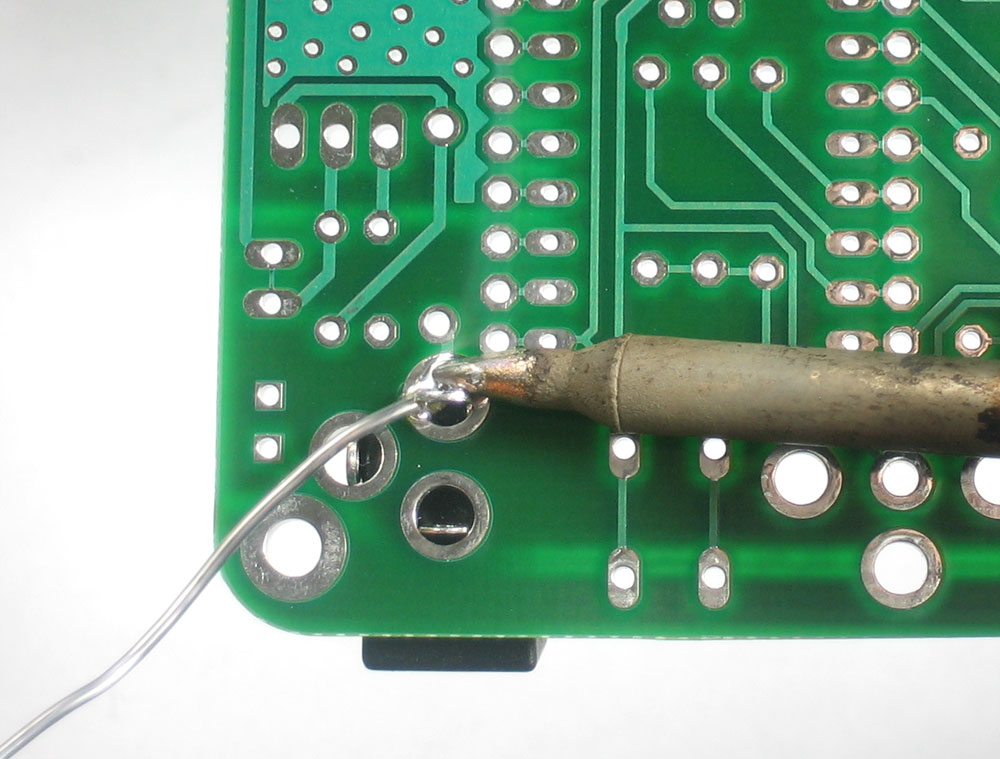The process involves four steps as Preheating, Melting, Reflow, and Cooling
The reflow soldering profile lead free is a crucial and pertinent step in the electronic industry. This process helps in connecting the electrical pins and components in a firm state. This connection keeps the joints together by wireless connectivity. Therefore, to connect the components, we use solder wires. These solders are hence becoming more popular in the electronic industry.
However, with the rise of innovation, research and development, now the solders are rapidly changing from Tin and Lead solder into Lead-free solder wires. The reason behind this phenomenon is the global rise in awareness about recent ecological concerns. In order to make sure the usage of lead-free solder, every country holds its laws and regulations.

More recently, there is a sudden shift from mounting the electrical components by through-hole method to surface mount assemblies. The article concerned will address the complete profile of the lead-free soldering process.
Pre-Heating Zone of Lead-Free Solders
The Pre-heating cycle rate for a reflow soldering profile lead free lies exactly the same as for the rates of Tin and Lead solders. There is no such significant difference. In addition to this, the nature and type of solder alloy are also not the conditions for the pre-heat or maximum heating rates. However, the determination of the pre-heat stage or temperature all depends upon the flux system.
Flux on the other hand is of primary concern. It is because the flux is responsible for cleaning and the removal of oxidation from the surface that is going to be solder. The surfaces hence include the PCB as well as the component leads. Apart from the presence of flux, the solder paste also carries volatile organic filler material. In the process, the flux and organic filler material are present sides by side.
The filler works its job, whereas, the organic filler material upon pre-heating gets removed. About the pre-heat temperature, the typical pre-heating conditions are between 150 degrees Celsius to 200 degrees Celsius are 80 to 120 seconds.
One condition remains definite that is the pre-heating cycle all depends upon the flux system. It is the reason that either the flux recommended pre-heating or the recommendations suggested by the solder paste manufacturer are the best.
Nevertheless, the flux system is the same for both Pb/Sn or Pb-free solders. Generally, the standard and typical maximum heating rate lie at 3.0 degrees Celsius. However, most of the reflow systems carry a considerably slow heating rate because of larger mass and external pre-heat requirements. Preheat means the time required to increase the temperature from a normal state to a temperature around 150 degrees Celsius to 200 degrees Celsius. From normal to 150, it takes less than 5 degrees Celsius per second.
Melting Zone of Lead-Free Solders
The melting point or melting zone for reflow soldering profile lead free is also famous as the soaking period. It is the time when the pre-heating period raises up from 150 degrees Celsius. At this temperature, the flux thereby starts getting active. Also, the process involves the removal of oxidized material and substitutes from the metal surface. The process helps the components and electronic pins in making a good strong solder joint.

Lead-free solder usually is tin and gold. The Sn/Ag solders are primarily different from Sn/Pb solders. It is because the Sn/Ag solders carry a much higher melting point than that of Sn/Pb. This can be released by the fact that the Sn/Ag holds a 37-degree Celsius higher melting point than Sn/Pb. Also, the normal melting point for Sn/Ag is 220 degrees Celsius. Whereas, the melting point of Sn/Pb is 183 degrees Celsius.
This figure however is not universal. We can understand this by looking at the other variants of Pb-free solders which are off eutectic Pb-free. Such solders hold considerably higher melting points. The 95Sn/5Ag solder carries a higher melting point at 240 degrees Celsius. There are other solders as well that carry the melting point between 220 to 240 degrees Celsius. Even with the low melting point Sn/Ag solders, the existence of plating material as Ag, Au, and Sn, the melting point reaches 240 degrees.
Reflow Temperature zone of Lead-Free Solders
The reflow process in reflow soldering profile lead free requires to occur above 240 degrees Celsius. It happens most of the time when it comes to using the high melting point of Pb-free solders. However, the recommended reflow process or zone must be able to ensure the minimum time when the solder reaches above 240 degrees. It is because there are many other factors that one keeps in mind. It includes the temperature tolerance of the equipment used. Reflow zone is also referred to as the time above liquidus.
The process is represented by the abbreviation as TAL. It is the time or limit when the temperature of the solder reaches the highest level. It also takes into account the variety of products used, their sizes, and well masses. The common peak temperature remains 20–40-degree Celsius liquidus. There nevertheless are some components being equipment that carry power semiconductor components. These instruments carry components that are massive as well as smaller in size.
The amalgamation of larger and smaller components usually makes it difficult to optimize the reflow process of one standard temperature for all the components. Keeping this factor into account we can say that the PCB industry carries extensive experience in reflow soldering profile lead free process. They have worked for a long with Sn/Pb solder. The typical reflow temperature lies between 215-245 degrees Celsius. It reaches this level within 20 to 60 seconds after 183 degrees Celsius.
Cooling Zone for Lead-free Solders
In the reflow soldering profile lead free process; the maximum cooling rate is 6-degree Celsius for each second. This cooling rate helps in keeping the joint safe and thus prevents them from getting damaged. The damage happens usually when there is mechanical stress in the components. On the other hand, the mechanical stresses occur to due mismatches between the cooling rate and the electronic components.
It is the reason that the recommended step is to cool the solder near the maximum rate. This practice proves to be advantageous. It is because at the maximum rate there are fewer chances of solders turning into crystallization. This process is famous as Devitrifying. The deviation from crystallization improves the mechanical properties of the solders. Whereas the slower cooling down is responsible for making the soft solders creep. It eventually allows the release of mechanical stresses. This whole problem is directly associated with the product length and temperature differential.
For More Information, Contact Us Today!





